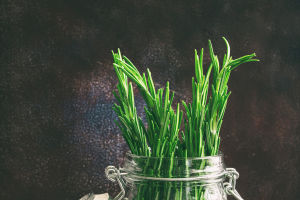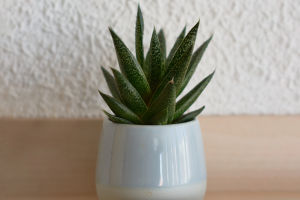Tulips are widely planted around the globe and are the national flower of many countries, including the Netherlands, New Zealand, and Turkmenistan.
They are renowned as the "queen of the world's flowers" and have become a symbol of fashion and internationalization.
Tulips are native to the Mediterranean coast and Central Asia.
Due to their adaptation to the Mediterranean climate, tulips can withstand wet and cold winters and dry and hot summers.
During the summer, tulips remain dormant, while in autumn and winter, they root and sprout new shoots.
However, they do not emerge from the soil until early February of the following year, requiring low winter temperatures (above 5°C) to grow and form stems and leaves.
Tulips bloom from March to April, with optimal growth and flowering temperatures ranging from 15 to 20 ℃.
During the storage period, the bulbs are dug up from the pots and placed outside in the shade during the summer when the stems and leaves turn yellow.
Flower bud differentiation takes place during this period, requiring a temperature of 20 to 25℃, with a maximum temperature of 28℃.
Tulips require long-sun exposure and prefer a warm and humid winter and a cool and dry climate in summer.
They can grow normally at temperatures of 8 ℃ or more, and generally tolerate temperatures as low as -14 ℃.
Tulips have strong cold hardiness, and in cold areas with thick snow cover, bulbs can overwinter in the open ground.
However, they are afraid of heat, and if the summer comes early and is too hot, the bulbs may have difficulty surviving the dormant period.
Tulips prefer humus-rich, loose, and fertile, well-drained slightly acidic sandy loam soil, avoiding alkaline soil and continuous crop.
After a long period of hybridization by horticulturists, there are now more than 8,000 varieties of tulips worldwide, with around 150 species in mass production. Red, yellow, and purple are the most popular colors.
Tulip cultivars can be mainly divided into early-flowering and late-flowering species.
Tulip bulbs have a high starch content and are therefore edible, while both the flowers and bulbs of tulips have medicinal value.
The flowers have the function of promoting intestinal peristalsis and are good for excretion, while the bulbs have a sedative effect. Tulips can also purify the air by eliminating polluting gases, avoiding obscenity, and purifying the air.
Tulips are a widely recognized symbol of internationalization and fashion, with a rich cultural heritage and an incredible range of uses.
From their early origins in the Mediterranean coast and Central Asia to their mass production and hybridization today, tulips have become a truly global flower, beloved by millions around the world.


